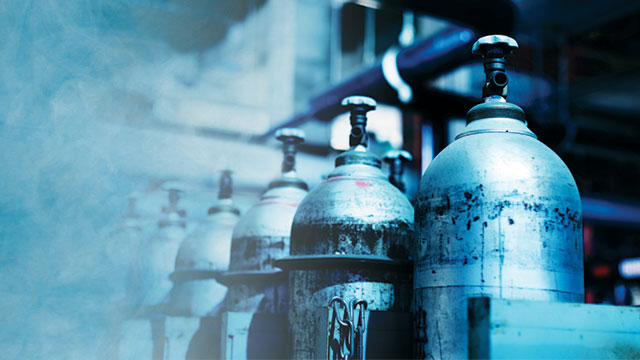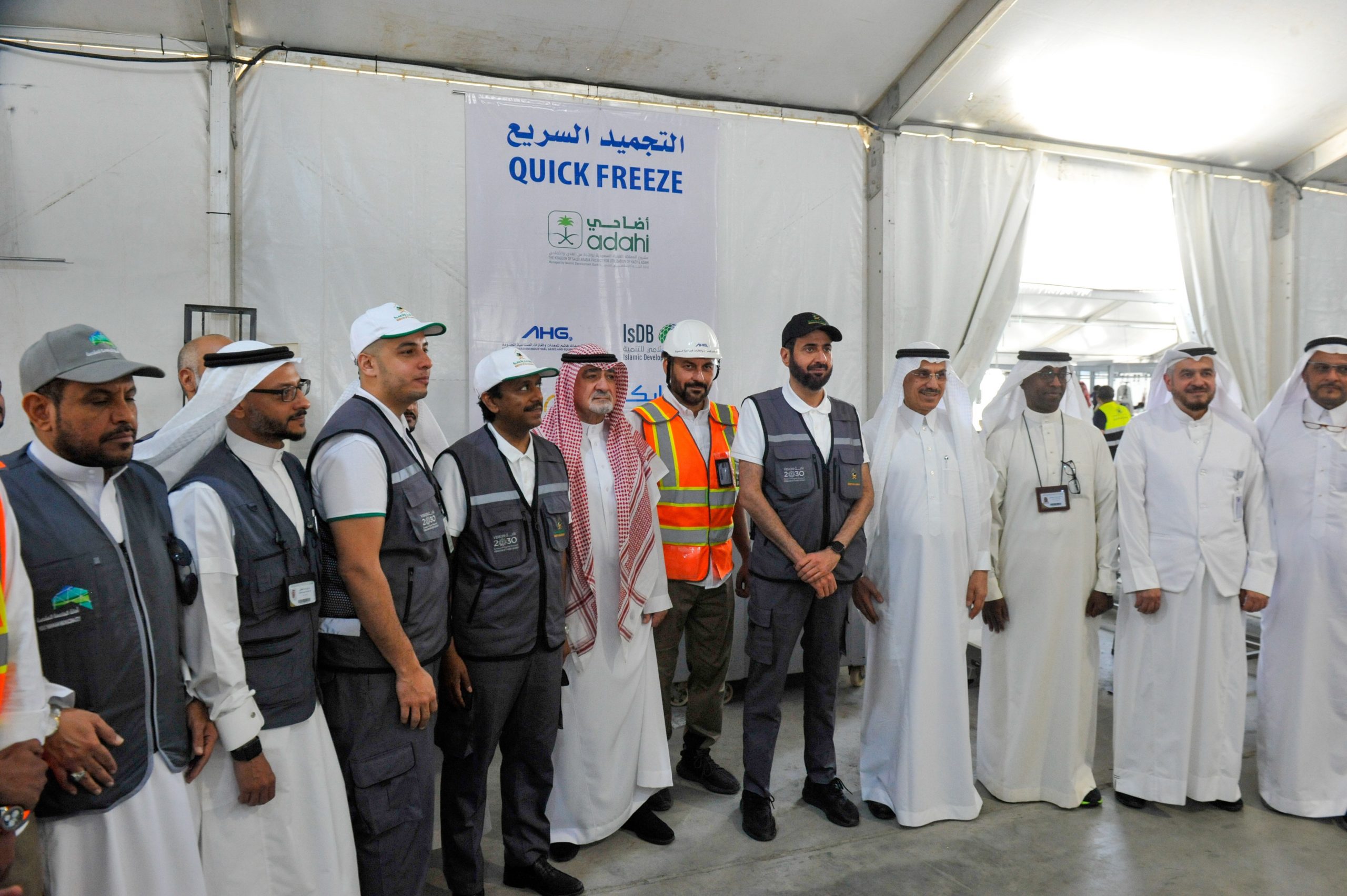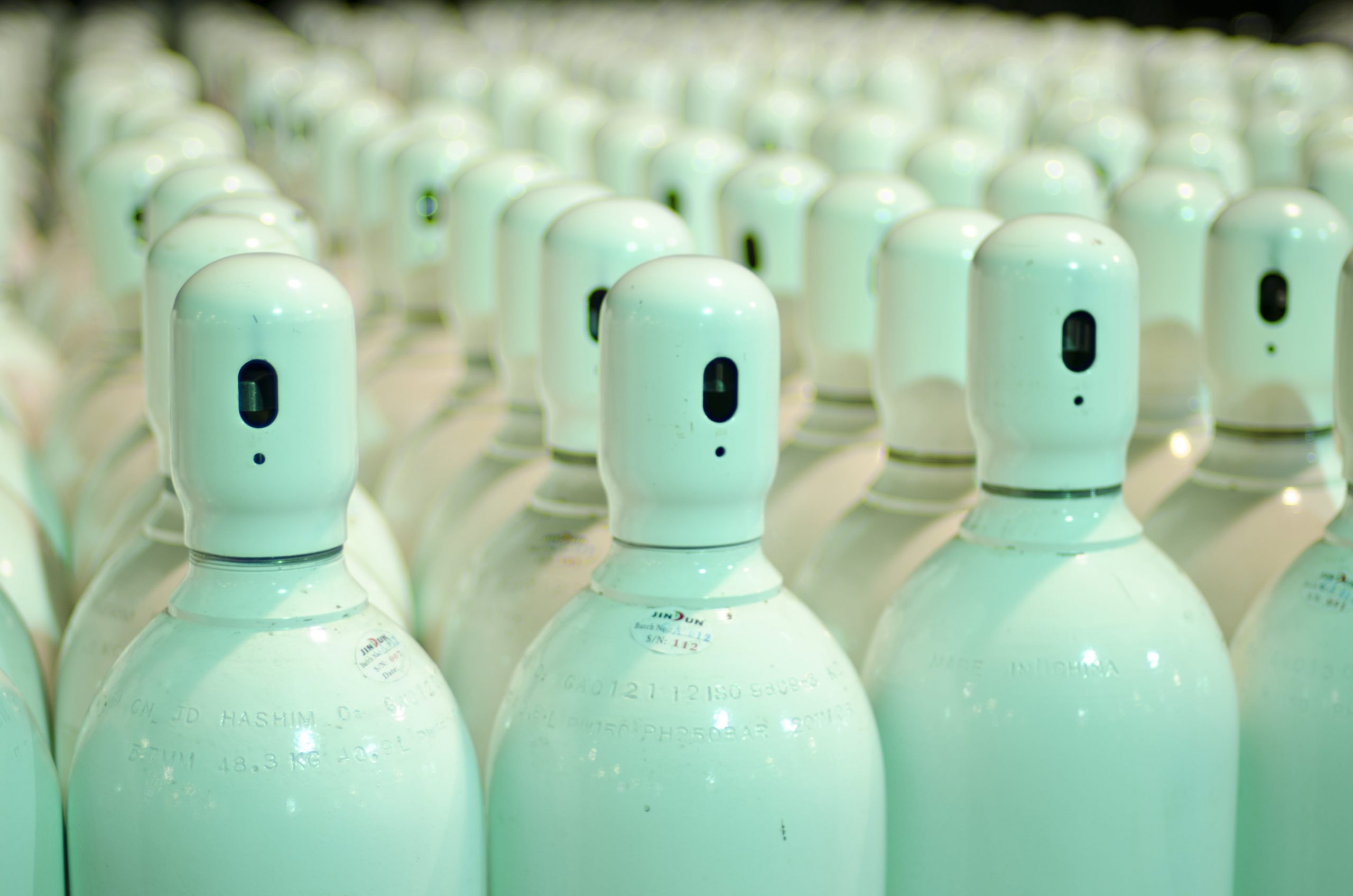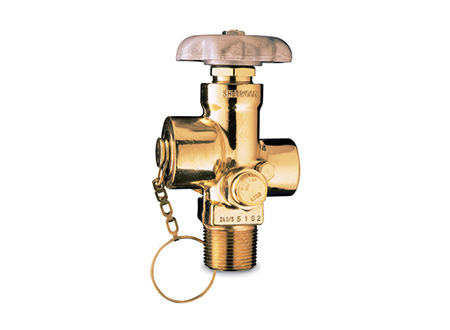
The Most Common Way of Transporting Compressed Gases
Industrial Gas Cylinder Types
The Most Common Way of Transporting Compressed Gases
Most materials that are gaseous at ambient temperature and pressure are supplied as compressed gas. A gas compressor is used to compress the gas into storage pressure vessels (such as gas canisters, gas cylinders or tube trailers) through piping systems. Gas cylinders are by far the most common gas storage. At AHG we use cylinders to transport small industrial, medical, and specialty gases throughout the Kingdom of Saudi Arabia.
What Products are filled in Cylinders?
At AHG, our standard products are typically filled in cylinders. Such as:
- Nitrogen
- Hydrogen
- Oxygen
- Argon
We also have a specialty gas center that fills cylinders with mixtures that can be comprised of over 25 components.
Can Cylinders be used to transport liquids?
In simple terms, yes. Not all industrial gases are filled and supplied in their gaseous phase. There are a few that can be liquified and filled in special cylinders at ambient temperature, they would only require pressure. Some of these gases are:
- Ammonia
- Propane
- Carbon Dioxide
- Nitrous Oxide
These cylinders contain what is called a dip tube that runs down the center of the cylinder (from the valve down) and draws liquid from the bottom of the cylinder to the valve. Some cylinders are also fitted with a dual port, which can be used to allow the product in the cylinder to be withdrawn in either liquid form or in gaseous form. These cylinders contain small amounts of liquid, and for larger requirements, there are special containers knows as Dewars that are used.
What are the most common types of cylinders?
There are multiple types of cylinders that are manufactured all over the world, the most common of which are:
- Steel and Aluminium Cylinders: These cylinders are manufactured from either steel or aluminium and are typically the lowest cost and heaviest type.
- Hoop Wrapped Composite Cylinders: These cylinders are manufactured from aluminium and are hoop-wrapped using Carbon fiber, they are significantly lighter than steel or regular aluminium cylinders, however they are a bit more costly.
- Full Wrapped Composite Cylinders: These cylinders are manufactured from a thin aluminium liner and are fully wrapped with carbon composite. They are significantly more costly, however they make up for the extra cost in increased strength and a significant reduction in weight.
- Full Composite Cylinders: These cylinders are made from carbon composite and they use a polymer lining. They are the lightest and most expensive cylinders that are available today.
Is there a General Classification for cylinders?
Compressed gas cylinders come in different shapes and designs, however, they are generally classified according to the pressure they can contain. There are three main types:
- High-pressure cylinders: Typically tall and narrow, thick-walled, heavy when empty, generally made of steel or aluminum, and can withstand up to 10,000 psi.
- Low-pressure cylinders: Typically fatter and lighter than high pressure; they have thin-walled, welded seams, and can withstand up to 500 psi.
- Cryogenic liquid containers: These containers operate at a pressure of 20 – 500 psi. They have relief valves to help vent pressure as the temperature increases.
Hazard of Compressed Gas
There are multiple hazards associated with compressed gases. Besides the chemical characteristics of these gases, the cylinders on their own can be hazardous due to their physical size and weight. Direct users must be aware that gases and their cylinders can be or can cause:
- Fire or explosion from the release of flammable gases near ignition sources
- Spontaneous combustion from oxidizing gases
- Toxic property for exposure to concentrations above permissible exposure limits
- Asphyxiation by displacement of air
- Leaks
- Faulty equipment and/or connections
- Physical risks
- Manual handling
- Sudden release of gas if cylinder is damaged
- A gas cylinder can break containers and crush feet.
- If their valves are broken off, they can travel far and out of control causing significant injury and damage.
The risks are not limited to this list, there are many more, please research all risks before using.
Other news
-

2022 ADAHI Quick Fre...
AHG’s quick freezing initiative proved to be successful in this year's Hajj season, the initiative utilizes dry ....
-

Abrasive Technology ...
Metalworking is how Abdullah Hashim Industrial Gases & Equipment’s journey began, and we understand the value of ....
-

Compressed Gas Cylin...
A significant portion of AHG’s industrial, medical, and specialty gases are sold in cylinders. The pressurized vessels ....
